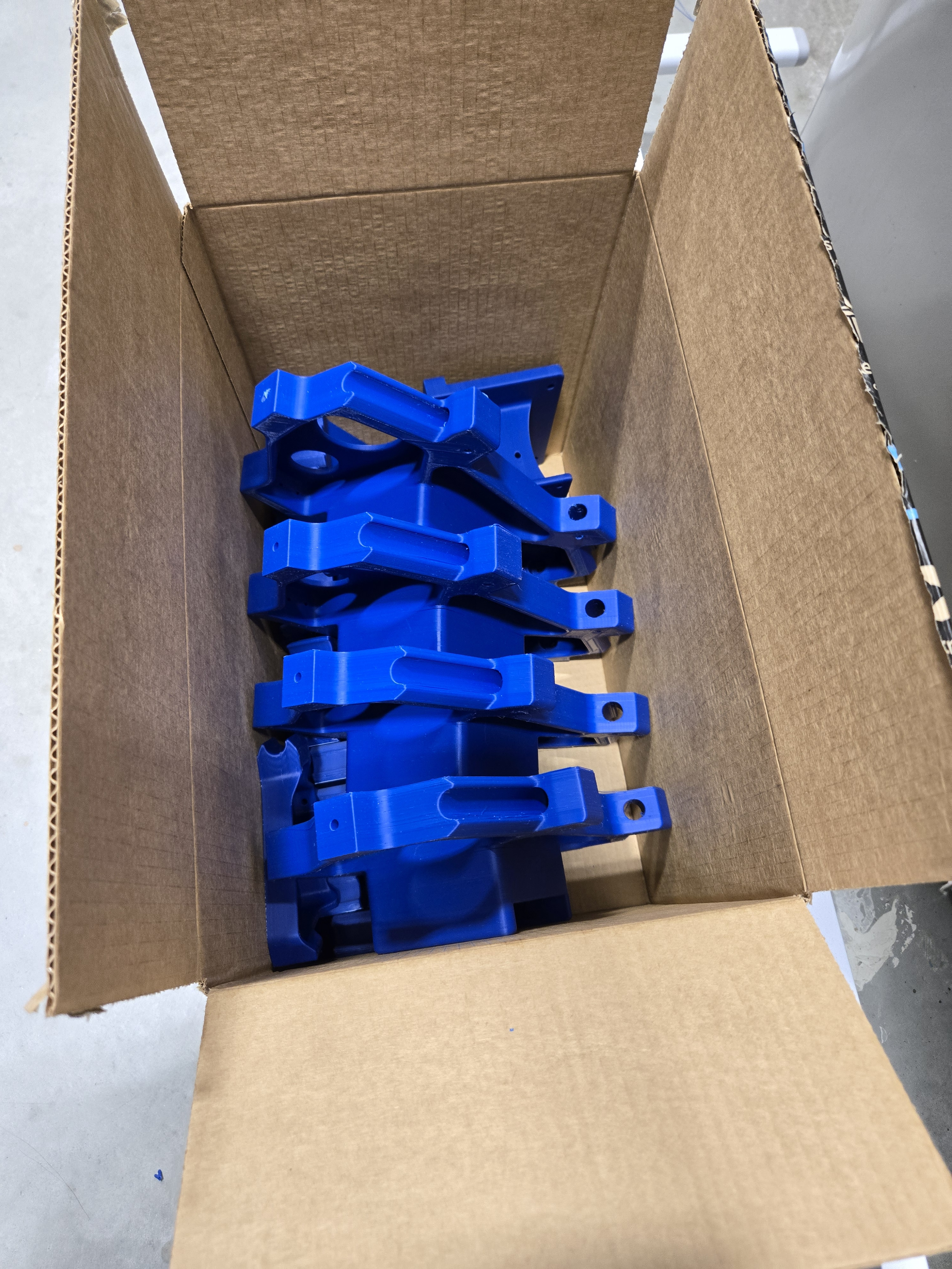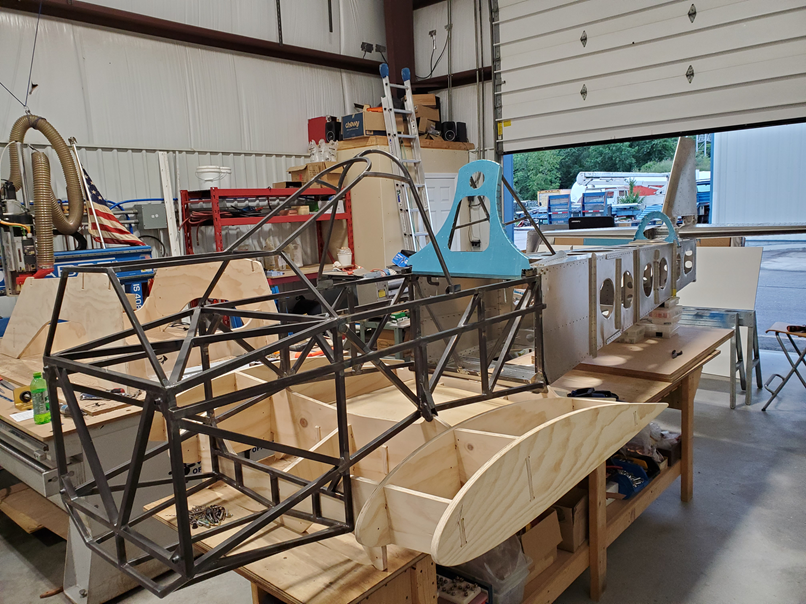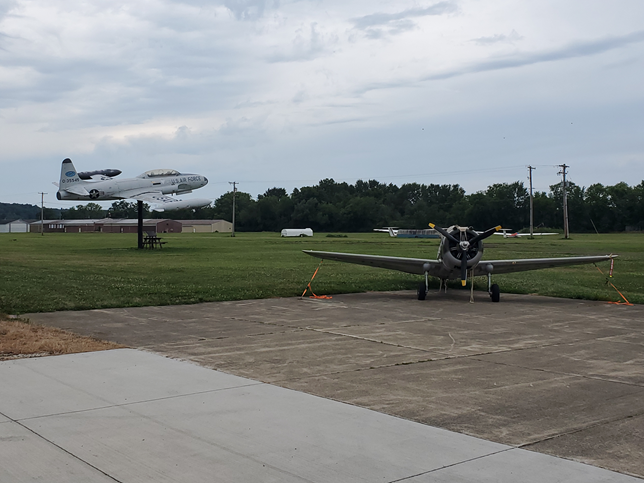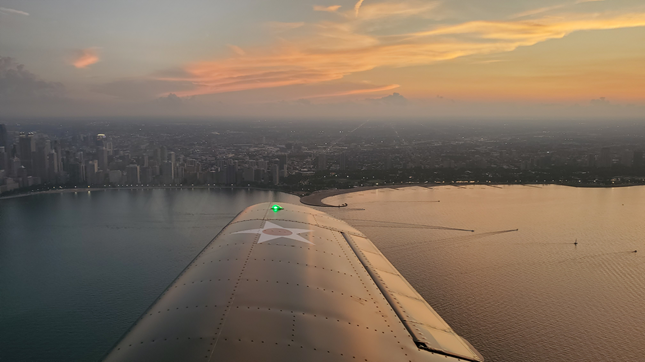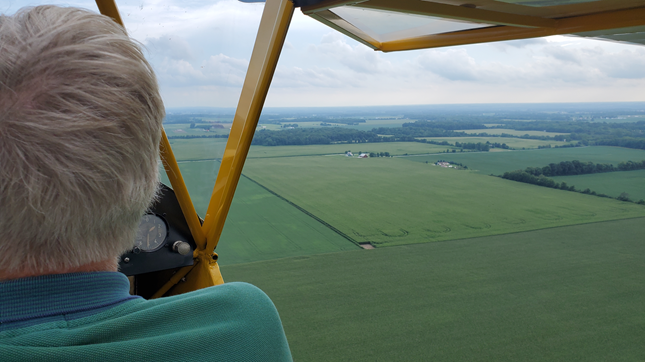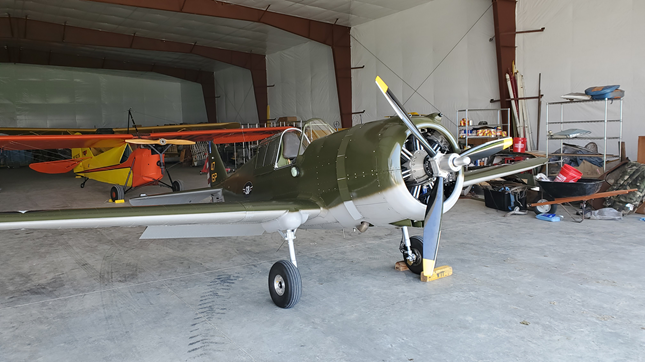Three Dimensional
It is Fall already and getting chilly. Almost Thanks Giving! Sorry I have not updated this blog enough. Been heads down, working. The bomber project is a huge undertaking and we are digging into that elephant - one bite at a time. You might see one of the elevators in the pics attached. We will likely add a whole section of pages to our website about the B-17 build. This blog is centered on the LiteFighter series.
After hours and on slow days, we have been working to get Beta kit parts ready to ship. We are also designing and making fixturing and jigs to get the parts consistently formed. The Beta tail kits are about ready to ship after we finalize the hole patterns and leading edge bends for the skins. The rudder and elevator are not ready and might ship separately later. We are getting those ready to cut and assemble again right now. The rudder was made before, but we made some changes to simplify and lighten the structure. The composite fairing parts for the rudder are not the same as the prototype’s fairings so they need all new molds and tooling. Those are coming along very well. Our vendor is doing amazing work. Thanks Rob!
We will get to the kitting part very soon - after a few more parts are ready. The hold up and what we are working on at the moment is the fixture for the horizontal stabilizer. We have made it and are finalizing the hole patterns in the skin panels. This fixture uses 3D printed blocks and two aluminum tracks that the builder will assemble on their bench. This will allow precision drilling of structure by the customer. We are already making batches of these fixture blocks for the kits. We will remake our vertical assembly fixture with the same style blocks and using the same base tracks. We are embracing the latest low-cost mfg methods and strategies. These printed blocks are sturdy enough to hold the parts firmly and light enough to ship reasonably.
We have started our finished goods warehouse with the tail parts inspected, labeled and stacking up. Its a modest start - but a start! We envision a much larger warehouse space and crating area will be needed. Our current spaces are divided up and we have to figure out where to do all the things we do - very carefully. For these tail kits, the crate and boxes used will need to be figured-out and procured. It is exciting to see the birth and growth of this kit company. The business processes, systems, procedures, equipment, work cells, tooling and fixturing. All of it. Of course, the most important part is the customers and getting them their kits. That is finally getting to reality. We can’t wait! Thank you Betas!

